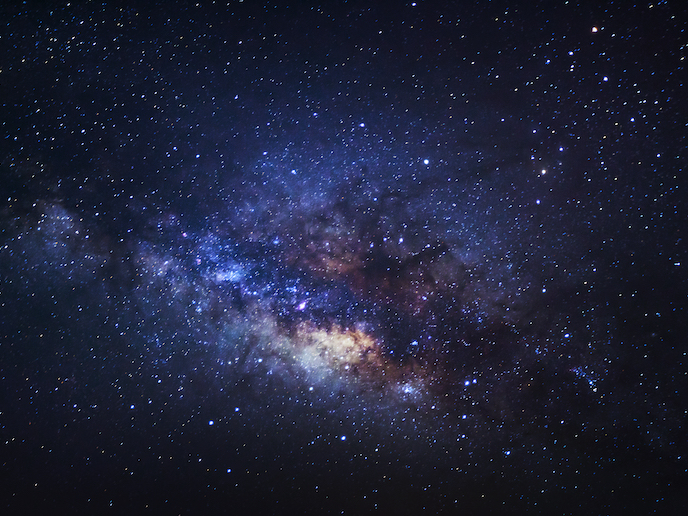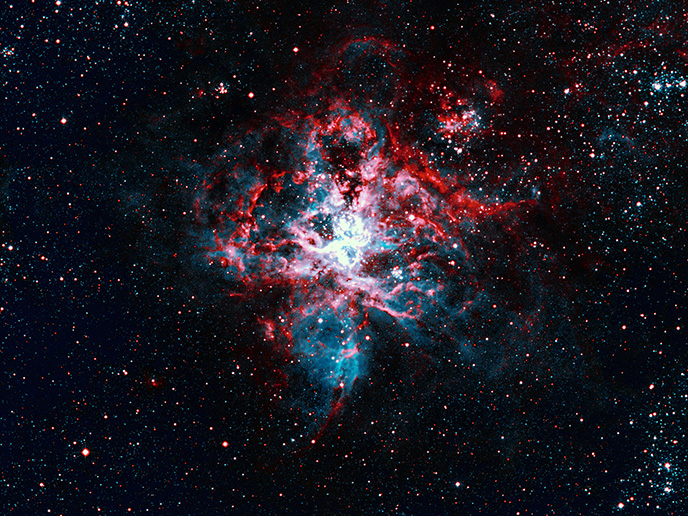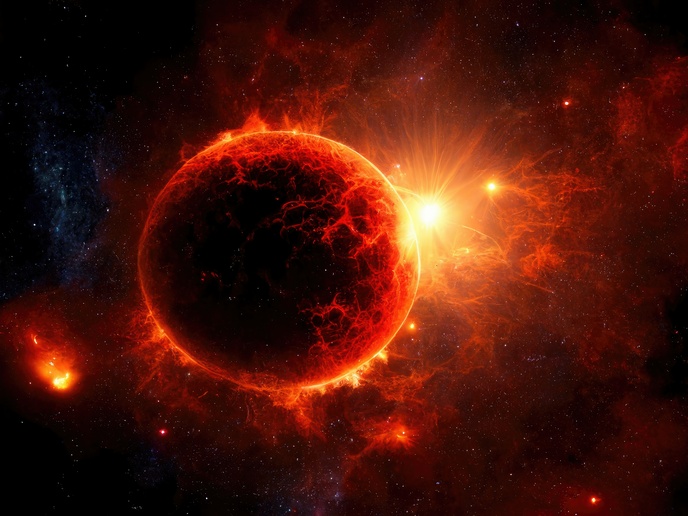Clearing up the mystery of where space dust comes from
The universe is a pretty dusty place. “The tiny particles of solid material floating around space that we call cosmic dust can be found in galaxies across the universe, including our very own Milky Way,” explains Mike Barlow(opens in new window), a professor at University College London(opens in new window). While not exactly the dust that covers our shelves and mantlepieces at home, space dust is more akin to smoke containing particles ranging from just a couple of molecules to full grains. It is the latter, which can measure up to 0.01 mm in size, that are of particular interest to Barlow, as their surface serves as a launching pad for interstellar development. “Cosmic dust is the source of the solid material that is incorporated into planets during the star formation process, as well as the life forms found on those planets,” says Barlow. “Just as the origin of elements is relevant to society, so too is the origin of the universe’s dust, out of which life is formed.” It’s that origin component that has left astronomers stumped. “While we have a pretty solid understanding of the role space dust plays, we really don’t know where it comes from,” adds Barlow. With the support of the EU-funded SNDUST project(opens in new window), this could soon change. “We’ve suspected supernovae to be the main source of cosmic dust,” notes Barlow. “To find out, we looked at whether core-collapse supernovae, or CCSN, which are produced by massive stars, are in fact the primary sources of the interstellar dust found in galaxies.”
How to measure space dust
Researchers with this European Research Council(opens in new window) supported project hypothesised that, to constitute the dominant source of space dust, each CCSN needs to produce at least 0.1 solar masses of new dust. But how do you go about measuring space dust? Turns out, a very big telescope will do the trick. “Using the 8 m Gemini(opens in new window) telescope and the ESO Very Large Telescope(opens in new window), my team was able to observe 31 supernovae at various stages after explosion,” says Barlow. Based on these observations, the project team, which included an equal number of male and female researchers, found that CCSN dust masses steadily increase over a 30-year timescale. As they increase, they absorb the heavier elements, becoming saturated at a dust mass of 0.42 solar masses per supernova. In other words, each supernova is essentially creating 140 000 Earth masses of dust! “This large mass implies that core-collapse supernovae were likely the dominant sources of dust in the early universe and may be the most important stellar source of dust in our local universe today,” remarks Barlow.
Not all space dust survives
Of course, this assumes that all the dust created survives, which isn’t the case. Due to collisions with other dust and a range of other factors, some of the space dust produced by a CCSN is destroyed. In fact, it is estimated that only 30-40 % of dust grains survive passage through the reverse shock of a supernova remnant such as Cassiopeia A. “Our research showed that grain-to-grain collisions and sputtering are synergistic dust destruction processes and that such collisions can play a crucial role in determining the surviving dust budget in supernova remnants,” adds Barlow. Several of the project researchers, including Barlow, are now continuing their supernova research as part of various James Webb Space Telescope(opens in new window) programmes.







